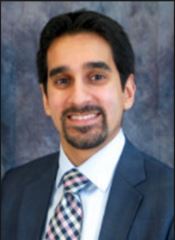 Mr. Niyum Gandhi, Executive Vice President and Chief Population Health Officer, Mount Sinai Health System, spoke with CAMH on August 26, 2015
Mr. Niyum Gandhi, Executive Vice President and Chief Population Health Officer, Mount Sinai Health System, spoke with CAMH on August 26, 2015
Gandhi: We have two tightly linked goals. The first is to be the most effective population health manager in the greater New York area and the second is to be the highest value provider of higher acuity care not only to the populations we manage, but also to those managed by other risk-bearing providers, payers, or plan sponsors. We provide services to keep patients who don’t need to be in hospitals out, but we also deliver acute care in a value-based way. On the population health side, we have a large, engaged primary care and medical specialty base, and are absolutely committed to supporting patients in a population health model across payers. Because of the geographies within the city we serve, we are moving towards managing populations across all payers – commercial, Medicare, and Medicaid. On the contracting and financial side, we participate in CMS’ ACO Shared Savings Program (SSP) and have an ACO with Empire Blue Cross Blue Shield. And several other population health initiatives will be announced soon. We are also pursuing arrangements with employers and unions to manage the total health care cost and quality of their employee bases. Our goal is to move all of the patients in our primary care base into a population health mode.
However, the contracting is easy part; the clinical transformation is the challenging part. We’re pursuing some strategies that are “a mile wide and an inch deep” – but getting deeper every day – such as common standards of care, and quality monitoring as part of our clinical integration program. But we also have some programs that are an inch wide and a mile deep that we’re scaling to meet larger and larger blocks of patients. For example, we have a number of programs set up through CMMI grants and other grants to manage patients outside the hospital, such as a hospital at home program and a preventable admissions program, and we’re working to scale those and make them available to more patients. Simultaneously, we’re pursuing complete transformation of our primary care practices – going far beyond the PCMH model to a model that is purpose-built for population health. For this and all of our clinical initiatives, our driving philosophy is around continuous improvement – “always be better than we were yesterday.” With regard to the second goal, we participate in bundled payments and other episode-based programs across our hospitals. We are participating in CMMI’s Bundled Payments for Care Improvement program in several clinical areas, and are adding more this fall. We also have bundled payment programs for various employers, payers, and other plan sponsors. Again, here we’re transforming the clinical model to align with the new contracting model by aligning around a common standard of care and building pathways into physician workflows – this allows us to drive down the total cost of care while improving quality and patient satisfaction.
Gandhi: I wish there was a list of these so we could all imitate them! In my mind, two things are critical. First, putting the philosophy of continuously driving better value into the care model. Many organizations develop a care model but then it stagnates; they don’t continuously try to improve the model and the care. Second, there has to be true commitment from the top of the organization to achieve this. The CEO, the Board, and the entire leadership have to commit to transition the organization to value-based care. When organizations delegate responsibility down several layers to handle “this little population health strategy,” they don’t succeed.
Gandhi: We have seen an impact on quality in our preventable admissions, visiting doctors, and hospital at-home programs – and we have seen a dramatic reduction of admissions and readmissions within these programs. For example we have observed a 53% reduction in hospital admissions for patients who are managed through our Preventable Admissions Care Team clinic over their first year in the program. At the macro level, we have seen strong performance in multiple years on our Medicare Advantage risk population, and continued improvements in our efforts to manage a very challenging Medicaid population – the results are always getting a little better. We are starting to do more rigorous assessments of the results of our programs to determine what to scale and what to change, which I believe will help us accelerate our progress.
Gandhi: Signing up for the Medicare SSP in 2012 was a critical step the organization took. The leadership took the first step towards population health even before our merger with Continuum Health Partners, and before we had the primary care base with breadth of geography we now have. The organization was able to begin building experience in thinking about total cost and quality of care, and how to think about our patients not just when they are with us but across their entire set of interactions with the health care ecosystem. If we had not started this journey in a small manner three years ago, we could not be making some of the investments that are needed to really expand our efforts now.
Gandhi: The biggest challenge is the complete change in culture that is needed. We began from a culture of high value but we are moving much further. Sometimes this change is subtle, but sometimes it’s more meaningful. For example, in our primary care practices we have wonderful physicians who are used to delivering great care to the patients they see on any given day, but now they have to think about patients they won’t see that day as well. Who’s not coming in who should be? Should the primary care provider reach out to them? How can we offer them “care” outside the immediate setting, regardless of whether they are in our care at any moment? Changing the underlying culture across of 35,000 employees and thousands of other aligned providers will continue to be an ongoing challenge. But we are committed to taking on that challenge, and we’ll certainly learn from our peers as we discover what it takes to drive the cultural shift in the organization toward continually higher value.
Gandhi: We are an academic health center that is firmly committed to population health. While we are not entirely unique in this, there is only a small group of large academic health systems that are trying to make this change. The vast majority focus only on providing high value acute care; they are not doing population health. This uniqueness is an asset, because we have committed physicians who not only have great technical skills but are making significant contributions to the field through teaching and research as well. Being at the intersection of care delivery, research, and training gives us the opportunity to unlock greater potential. We can contribute evidence, and we can help define how the workforce of the future should be prepared. Having this triple mission introduces more complexity, but I believe it can create greater value.
Gandhi: I think it’s wonderful how much we can learn from our peers at other organizations. Health care is a unique industry in that the vast majority of other organizations aren’t competitors by virtue of their non-overlapping geographies. One of my colleagues always says that we don’t have an innovation problem in health care – we have an imitation problem. And I’ve found that we can have great success by looking beyond our walls and finding the right innovations to imitate and adapt to our circumstances.

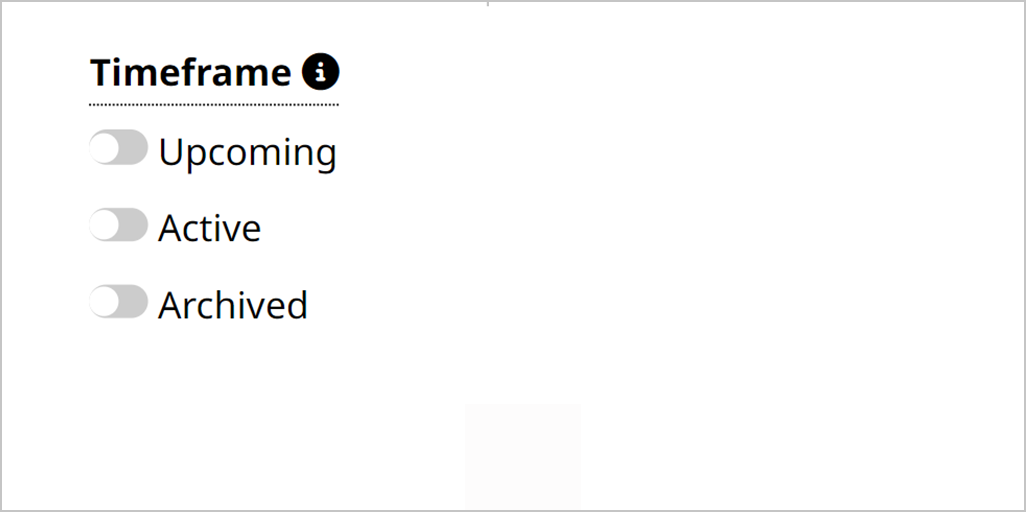
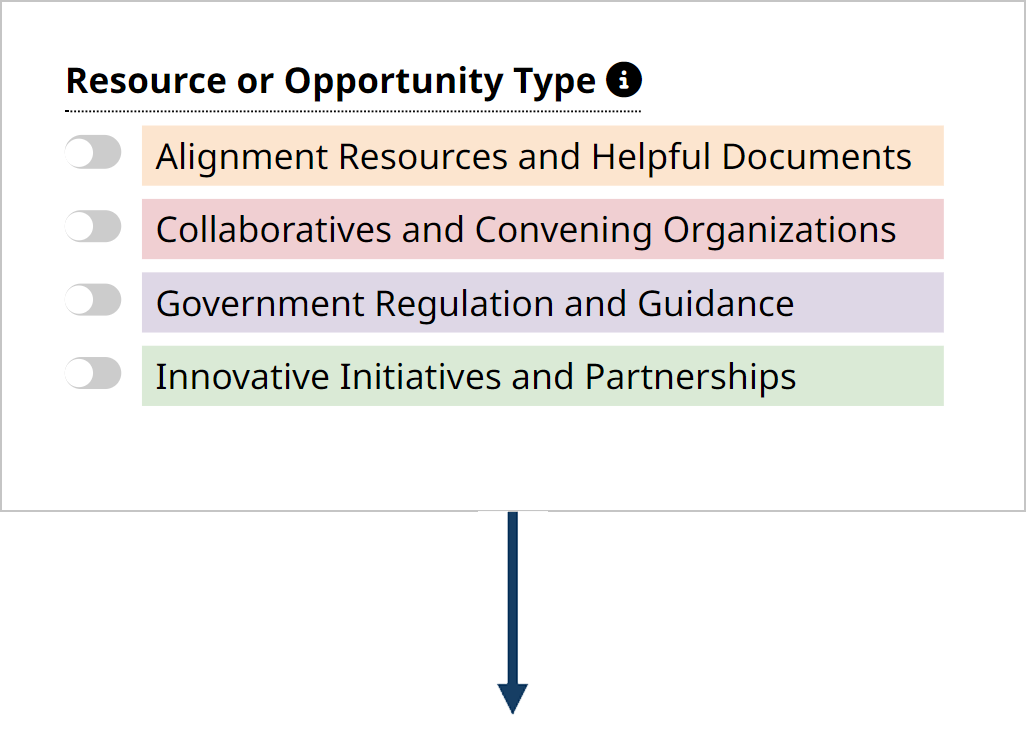
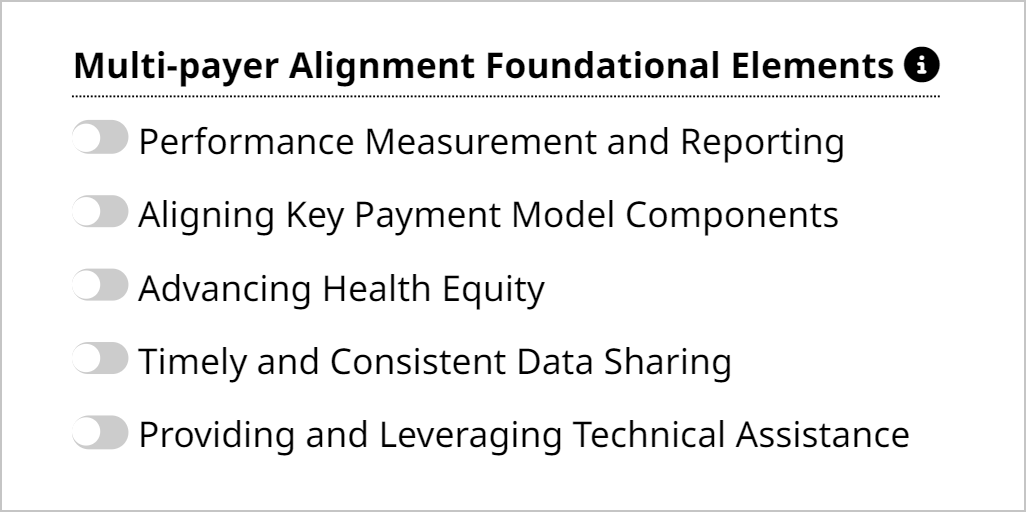





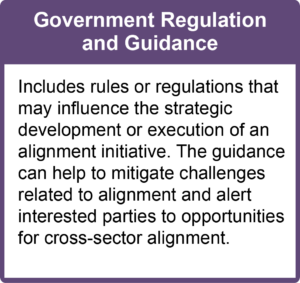



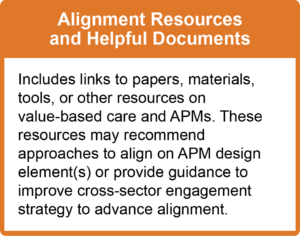
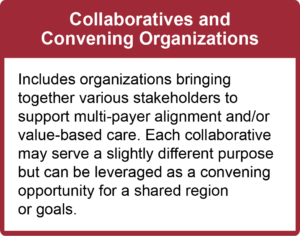
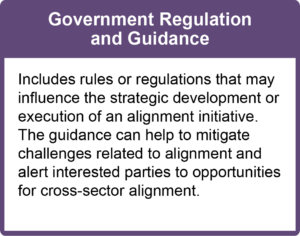






 Emily DuHamel Brower, M.B.A., is senior vice president of clinical integration and physician services for Trinity Health. Emphasizing clinical integration and payment model transformation, Ms. Brower provides strategic direction related to the evolving accountable healthcare environment with strong results. Her team is currently accountable for $10.4B of medical expense for 1.6M lives in Medicare Accountable Care Organizations (ACOs), Medicare Advantage, and Medicaid and Commercial Alternative Payment Models.
Emily DuHamel Brower, M.B.A., is senior vice president of clinical integration and physician services for Trinity Health. Emphasizing clinical integration and payment model transformation, Ms. Brower provides strategic direction related to the evolving accountable healthcare environment with strong results. Her team is currently accountable for $10.4B of medical expense for 1.6M lives in Medicare Accountable Care Organizations (ACOs), Medicare Advantage, and Medicaid and Commercial Alternative Payment Models. Mr. James Sinkoff is the Deputy Executive Officer and Chief Financial Officer for Sun River Health (formerly known as Hudson River HealthCare), and the Chief Executive Officer of Solutions 4 Community Health (S4CH); an MSO serving FQHCs and private physician practices.
Mr. James Sinkoff is the Deputy Executive Officer and Chief Financial Officer for Sun River Health (formerly known as Hudson River HealthCare), and the Chief Executive Officer of Solutions 4 Community Health (S4CH); an MSO serving FQHCs and private physician practices. Victor is the Chief Medical Officer for TennCare, Tennessee’s Medicaid Agency. At TennCare, Victor leads the medical office to ensure quality and effective delivery of medical, pharmacy, and dental services to its members. He also leads TennCare’s opioid epidemic strategy, social determinants of health, and practice transformation initiatives across the agency. Prior to joining TennCare, Victor worked at Evolent Health supporting value-based population health care delivery. In 2013, Victor served as a White House Fellow to the Secretary of Health and Human Services. Victor completed his Internal Medicine Residency at Emory University still practices clinically as an internist in the Veteran’s Affairs Health System.
Victor is the Chief Medical Officer for TennCare, Tennessee’s Medicaid Agency. At TennCare, Victor leads the medical office to ensure quality and effective delivery of medical, pharmacy, and dental services to its members. He also leads TennCare’s opioid epidemic strategy, social determinants of health, and practice transformation initiatives across the agency. Prior to joining TennCare, Victor worked at Evolent Health supporting value-based population health care delivery. In 2013, Victor served as a White House Fellow to the Secretary of Health and Human Services. Victor completed his Internal Medicine Residency at Emory University still practices clinically as an internist in the Veteran’s Affairs Health System. Dr. Brandon G. Wilson, DrPH, MHA (he, him, his) joined Community Catalyst as the Director of the Center for Consumer Engagement in Health Innovation, where he leads the Center in bringing the community’s experience to the forefront of health systems transformation and health reform efforts, in order to deliver better care, better value and better health for every community, particularly vulnerable and historically underserved populations. The Center works directly with community advocates around the country to increase the skills and power they have to establish an effective voice at all levels of the health care system. The Center collaborates with innovative health plans, hospitals and providers to incorporate communities and their lived experience into the design of systems of care. The Center also works with state and federal policymakers to spur change that makes the health system more responsive to communities. And it provides consulting services to health plans, provider groups and other health care organizations to help them create meaningful structures for engagement with their communities.
Dr. Brandon G. Wilson, DrPH, MHA (he, him, his) joined Community Catalyst as the Director of the Center for Consumer Engagement in Health Innovation, where he leads the Center in bringing the community’s experience to the forefront of health systems transformation and health reform efforts, in order to deliver better care, better value and better health for every community, particularly vulnerable and historically underserved populations. The Center works directly with community advocates around the country to increase the skills and power they have to establish an effective voice at all levels of the health care system. The Center collaborates with innovative health plans, hospitals and providers to incorporate communities and their lived experience into the design of systems of care. The Center also works with state and federal policymakers to spur change that makes the health system more responsive to communities. And it provides consulting services to health plans, provider groups and other health care organizations to help them create meaningful structures for engagement with their communities. Tamara Ward is the SVP of Insurance Business Operations at Oscar Health, where she leads the National Network Contracting Strategy and Market Expansion & Readiness. Prior to Oscar she served as VP of Managed Care & Network Operations at TriHealth in Southwest Ohio. With over 15 years of progressive health care experience, she has been instrumental driving collaborative payer provider strategies, improving insurance operations, and building high value networks through her various roles with UHC and other large provider health systems. Her breadth and depth of experience and interest-based approach has allowed her to have success solving some of the most complex issues our industry faces today. Tam is passionate about driving change for marginalized communities, developing Oscar’s Culturally Competent Care Program- reducing healthcare disparities and improving access for the underserved population. Tamara holds a B.A. from the University of Cincinnati’s and M.B.A from Miami University.
Tamara Ward is the SVP of Insurance Business Operations at Oscar Health, where she leads the National Network Contracting Strategy and Market Expansion & Readiness. Prior to Oscar she served as VP of Managed Care & Network Operations at TriHealth in Southwest Ohio. With over 15 years of progressive health care experience, she has been instrumental driving collaborative payer provider strategies, improving insurance operations, and building high value networks through her various roles with UHC and other large provider health systems. Her breadth and depth of experience and interest-based approach has allowed her to have success solving some of the most complex issues our industry faces today. Tam is passionate about driving change for marginalized communities, developing Oscar’s Culturally Competent Care Program- reducing healthcare disparities and improving access for the underserved population. Tamara holds a B.A. from the University of Cincinnati’s and M.B.A from Miami University.


 Dr. Peter Walsh joined the Colorado Department of Health Care Policy and Financing as the Chief Medical Officer on December 1, 2020. Prior to joining HCPF, Dr. Walsh served as a Hospital Field Representative/Surveyor at the Joint Commission, headquartered in Oakbrook Terrace, Illinois.
Dr. Peter Walsh joined the Colorado Department of Health Care Policy and Financing as the Chief Medical Officer on December 1, 2020. Prior to joining HCPF, Dr. Walsh served as a Hospital Field Representative/Surveyor at the Joint Commission, headquartered in Oakbrook Terrace, Illinois.








